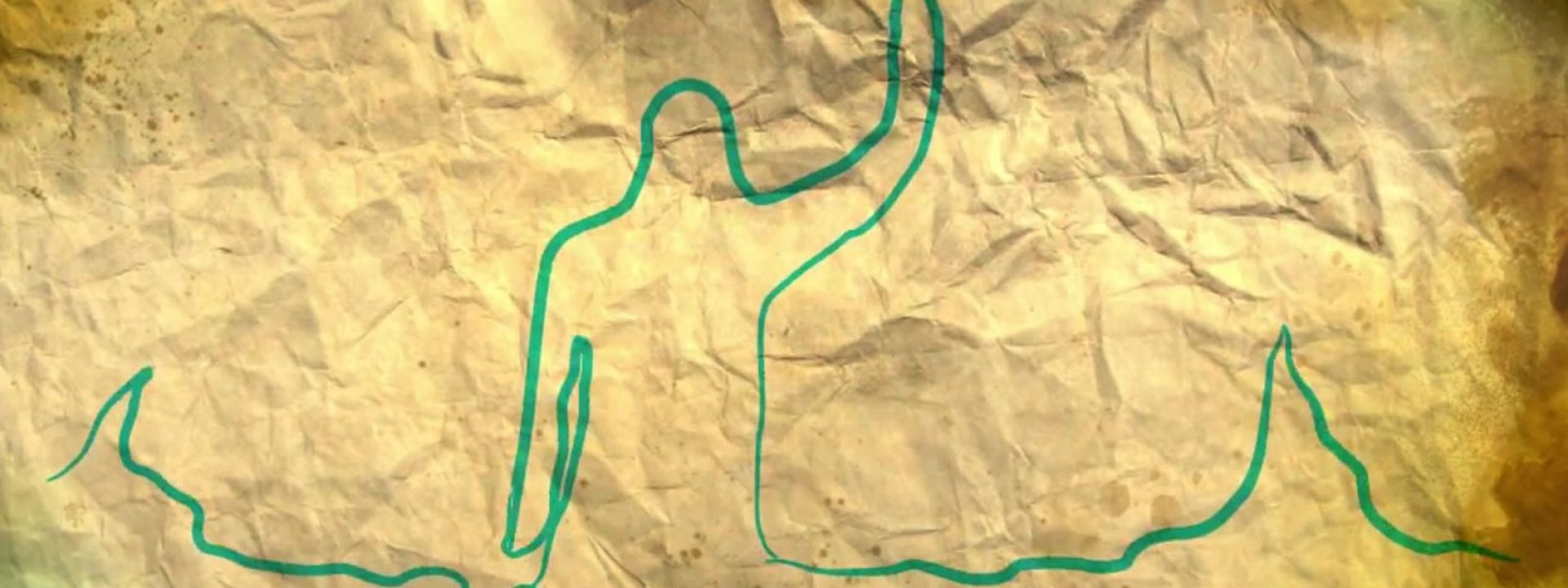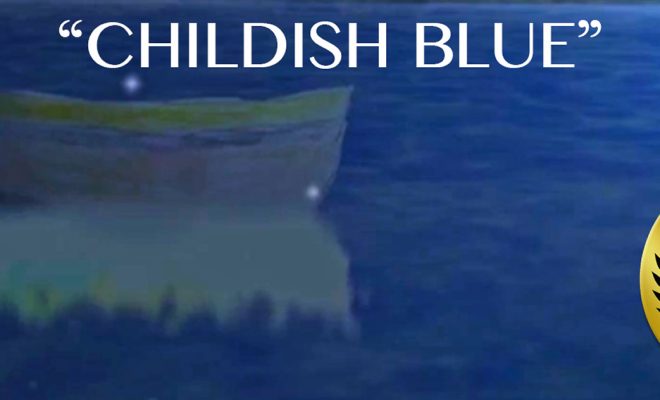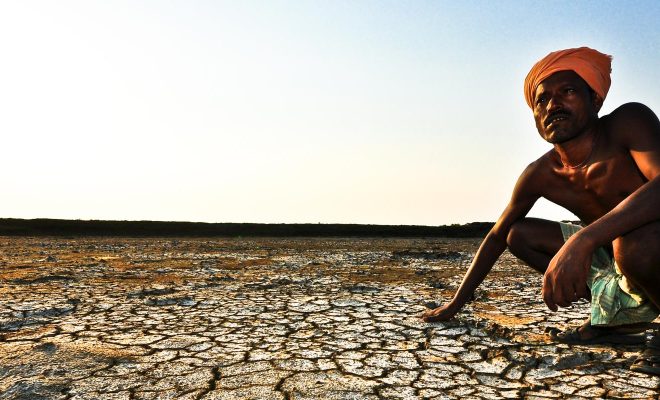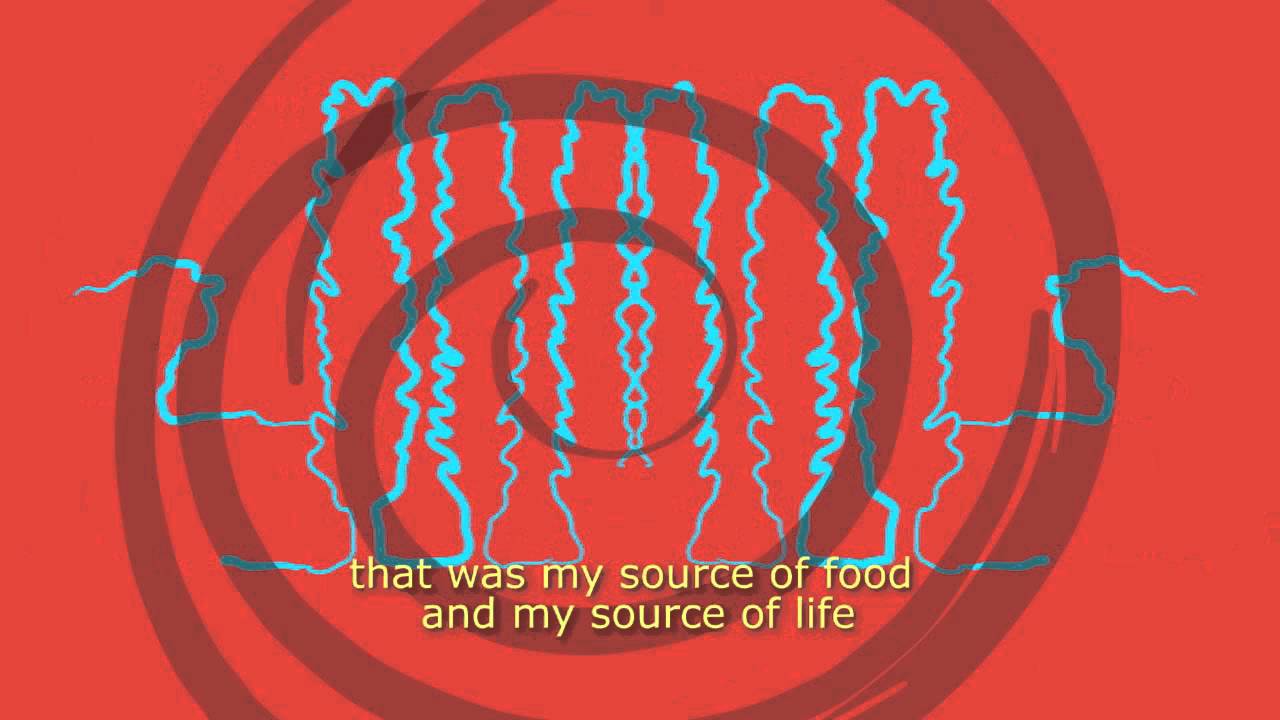
Wiracocha de Tesa (Bolivia), finalist of the We Art Water Film Festival 3. Category Micro-animation.
Since the beginning of time the great lakes, such as Titicaca or Poopó, have brought life together in the Andean highlands. The Tiahuanaco civilization flourished around them in 1500 BC, and later on, in the 15th century, the Inca Empire assigned them an important religious significance: Wiracocha, the creator of the world, ordered the Sun, the Moon and the stars to arise from the waters of Lake Titicaca and to rise to heaven to provide light to the world. The Inca tradition also declared that the founders of its empire, Manco Cápac and Mama Ocllo, had originated from the foam of the lake´s waters.
Lake Titicaca is connected to Lake Poopó (3686 m) by means of the Desaguadero River (436 km), another symbolic life bond for the Andean culture, but between spring 2013 and December 2015, the lake suffered an accelerated drying process that led to the disappearance of the 2.337 km2 of its surface, leaving only a few salt saturated pools behind.
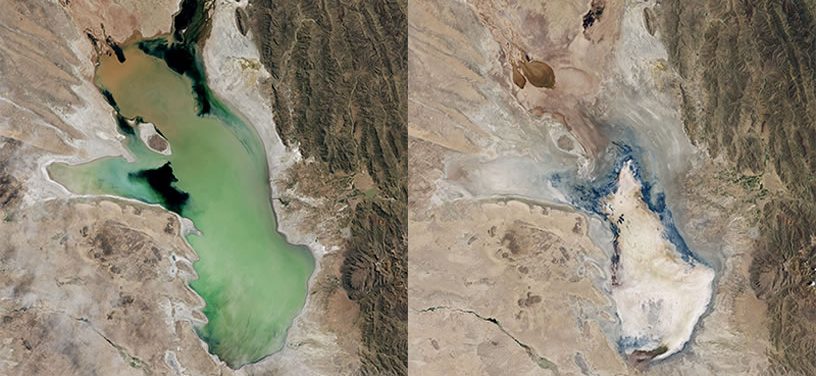
Left, Lake Poopó in April 2013; right, in December 2015. © NASA Earth Observatory images by Jesse Allen, using Landsat data from the U.S. Geological Survey. Caption by Kathryn Hansen.
But at the beginning of this past January, after the intense rainy season that ended the terrible drought affecting Bolivia, the water seems to be returning to the lake. This is not the first time Lake Poopó dries up and comes back to life. Its waters disappeared in 1994 and when they returned years later, much of the damage inflicted to flora, fauna and the life of the lakeside villages was irreversible. This time the causes are exactly the same: agricultural and mining over-exploitation and a drought that will be increasingly harsh due to climate change. What will happen to Lake Poopó? Despite its recent recovery, scientists predict a gloomy future for the symbol of the Incas.
The disasters of the Aral Sea and the Urumía Lake, the drying up of Lake Chad and Lake Texcoco… and now it is Lake Poopó that is seriously endangered. Human action is directly responsible for the destruction of something that affects the entire planet. We do not only lose water and impoverish life and the environment, we lose collective memory and culture. And the safeguarding of culture, apart from providing resilience to the community, is a very effective tool for action, as we were able to discover in our project Ancient culture to save the water of Lake Titicaca: to recover the Aymara and Uru intercultural curriculum in schools is an important step to achieve the cessation of polluting spills into the lake.
It will take us many years to slow down climate change, but it is possible to act in the short run against irresponsible management: let´s do it.


